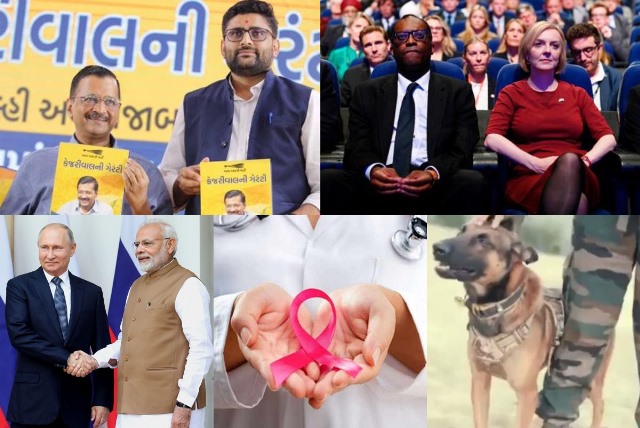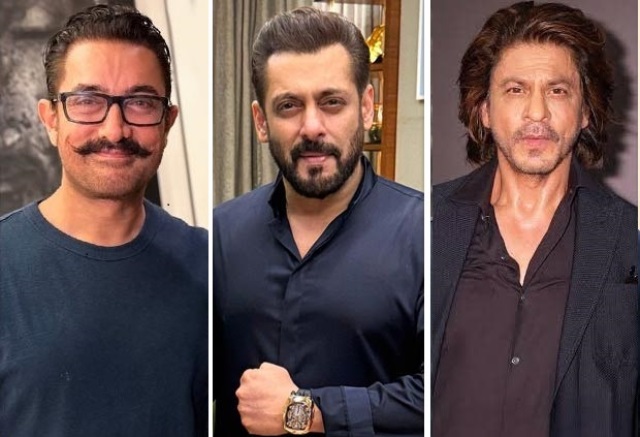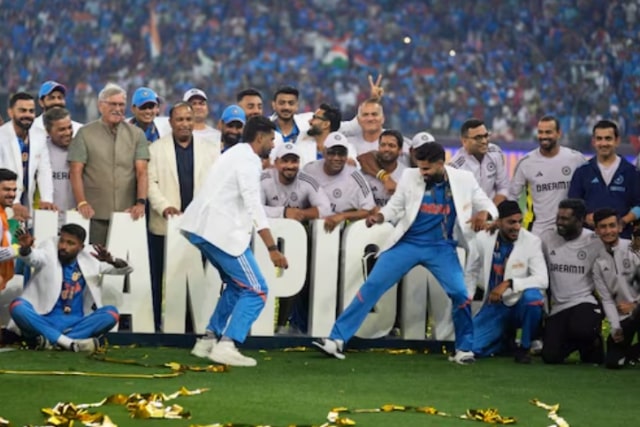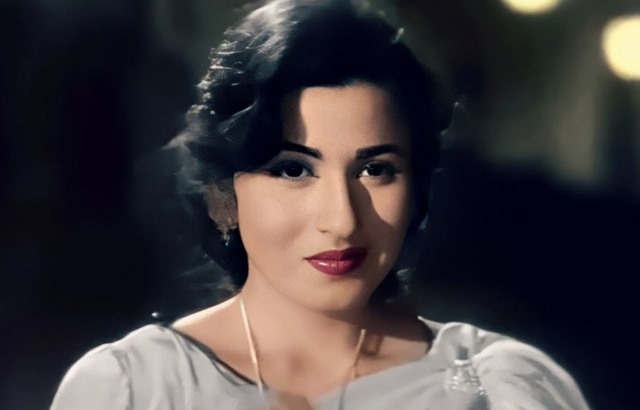
Five Things That Happened Last Week (And what to make of them)
Is AAP the dark horse in Gujarat?
The last time a Congress chief headed the Gujarat government was in 1994. The chief minister was Chhabidas Mehta. His government lasted a year and 24 months. Since then, that is for the past 27 years, it has practically been under Bharatiya Janata Party rule. Practically, because for a short period of one year and 192 days, the Rashtriya Janata Party, a breakaway faction of the BJP, was briefly in power. That was in 1996-97. Otherwise, since 1995, Gujarat has been under BJP rule. For nearly 13 of those 27 years, the chief minister of the state was Narendra Modi, the current Prime Minister of India.
Elections in Gujarat fall due this year and last week it was anticipated that the Election Commission would announce the dates for polls in both Himachal Pradesh and Gujarat. It did for the former but not yet for the latter. Some speculation has been doing the rounds about why elections remain unannounced for Gujarat, with a few observers of the view that the state’s ruling regime (the BJP) needed more time to prepare for the elections, the fact is that this year’s elections in the state (where the BJP has 99 of the 182 seats and the Congress 77) could throw up a new challenge for the ruling party.
The main reason for that is the emergence of a new player in the fray: the Aam Aadmi Party (AAP), led by Arvind Kejriwal, who is the chief minister of Delhi and whose party recently won the mandate to govern Punjab in what was quite a historic victory. In Punjab, for decades, the fight for power has been between the Akali Dal and the Congress. In fact, for a long while the power alternated between the two parties–the Akalis would win one term and the Congress the next; and that pattern would be repeated. Kejriwal waded into the battle this year and changed it all.
In Gujarat, in the last elections in 2017, although the Congress didn’t win, it did rather well, improving its tally from 61 in the previous elections to 77. Also significant was the fact the BJP’s tally went down from 115 to 99 seats. With the BJP being in power in Gujarat, practically uninterrupted, for nearly three decades, there could be the beginnings of an anti-incumbency sentiment among voters. But would the Congress gain from it?
The Congress has been in disarray at the national level. There is a controversial election underway for a new party president and in many states there have been mass exodus of leaders from the party. And unlike during the campaigning for the 2017 elections when a powerful leader such as the late Ahmed Patel helmed the Congress campaign in Gujarat, there is evidently no one from the party’s national leadership who can do it this time. And in the state, the party’s local leadership is not equipped to challenge the BJP campaigning might.
For the BJP, retaining Gujarat is a matter of prestige, for obvious reasons. And it has not refrained from pulling out all the stops to make it happen. The Prime Minister has already made many visits to his home state and his party’s leaders such as home minister Amit Shah have already stated that the BJP will get a two-thirds majority in the elections.
But there is a dark horse and that one is called AAP. Emboldened by the victory in Punjab, Kejriwal and his party began campaigning in Gujarat in April. He has already announced guarantees such as employment benefits to unemployed youth, free healthcare, special allowances for women, free electricity up to 300 units a month, and so on–all measures that have served his party well in other states, including Delhi and Punjab.
Of course, the BJP’s electioneering potential in the state is formidable. It has deep roots in Gujarat and its cadre is well-motivated. But it would be interesting to see how the AAP challenge plays out in one of the BJP’s strongest fiefdoms.
What Britain’s crisis is all about
Last week, barely six weeks into her term as prime minister of Britain, Liz Truss sacked her chancellor of the exchequer (finance minister) Kwasi Kwarteng and did away with some of the economic package that he had announced. Amid all this there is now high speculation about how long her government would last.
Just what is the crisis in Britain all about? It all began in September when Kwarteng announced a mini-budget that envisaged significant tax reductions that covered a swathe of taxes, including top income tax rates. Prompted by soaring inflation rates (of nearly 10%) and a slowdown of the economy, the budget was intended to spur growth and ease the cost of living that has been rising in the country.
But the effect of the announcements was adverse. Traders reacted unfavourably and the sovereign bond rates rose and the pound sterling touched a record low as the market perceived the tax cuts to be unfunded.
Truss’s U-turn on the tax cuts, especially the reversing of the top income tax reductions has been viewed as an embarrassing humiliation. But Britain’s crisis continues. Energy costs have been spiralling upwards and prices of everyday necessities have been rising uncontrollably.
The flip-flop on the economic policy (particularly, the hasty announcement of the mini budget followed by the U-turn on it), has raised questions about the Truss government’s credibility and triggered speculation about how long she can remain as prime minister. It’s an ongoing crisis and the world is waiting and watching to see how it pans out.
Are Indo-Russian relations cooling down?
At the September 2022 summit of the Shanghai Cooperation Organisation (SCO) in Samarkand, Uzbekistan, Prime Minister Narendra Modi at a meeting with Russian president Vladimir Putin disapproved Russia’s continuing attack against Ukraine and stressed the need for diplomatic solutions and winding up of the war that had led to sharp increases in energy and food costs around the world. Is this the beginning of a change in the way the two countries have been co-operating since the era of the Cold War?
India and Russia have economic and strategic bonds that go back several decades. India has been buying arms from Russia since the Soviet era. India’s heavy engineering and core public sector enterprises have depended on Soviet models of planning and aid from that country. For decades it has been an alignment that has faced off against another: India and the Soviet Union against Pakistan backed by China and the US.
While the collapse of the Soviet Union may have changed some of the geopolitical ties between the two countries, recently India’s foreign minister S. Jaishankar defended India’s dependence on Russian arms by saying that it was because for years the western world did not supply arms to India, instead choosing to help a military dictatorship in the region. The reference is obviously to Pakistan.
In fact, of all the ties that India has had with the erstwhile Soviet Union, with Russia it is the arms agreements that continues. Russia is still one of the major suppliers of weapons to India. It is estimated that as much as 90% of the Indian Army’s equipment comes from Russia. But on an ongoing basis, India has been reducing its defence dependence on Russia by diversifying and buying from other countries as well as indigenising defence production domestically.
More recently, Russia has further alienated itself from the west after the war against Ukraine. This has pushed it towards China. This has implications for India because of continuing tensions that it has with China. If Russia strengthens its ties with China as is evident (both countries could be creating a front against the west), India could be shifting down its links and alignments with Russia.
India has evolved and grown to have more of its own capabilities and has reached out to other countries in the world for cooperation and alignments. This can reduce its erstwhile dependence on Putin’s Russia. But the dependence is still significant–both for arms purchases as well as for oil supplies from Russia. It is to be seen, however, what stronger links with China will bring to bear on that. For example, as Russia grows closer to China could the latter influence the former to reduce or restrict arms sales to India?
How the relations between Moscow and Beijing pan out will have huge implications on which way the one between New Delhi and Moscow goes.
Artificial Intelligence and cancer treatment
The increasing use of Artificial Intelligence (AI) in healthcare has been a trend that has been there for a while but its progressive use in cancer treatment is perhaps the most significant. Recently, an article in The Advocate reported that scientists at the Louisiana State University found further proof how AI can benefit cancer treatment. Cancer kills nearly 10 million people a year and afflicts more than double that number.
According to The Advocate, the “LSU researchers used algorithms originally designed to map complex social networks, like those utilised by Facebook, to generate three-dimensional graphs of molecular datasets that include cancer cell lines, drug compounds and interactions among proteins inside the human body.”
AI can help in many ways to aid in cancer treatments. One, of course, is robotics that can assist in surgery. But laser imaging and virtual inference of cancerous tumours that the human eye cannot detect is also another major way in which AI is being put to use.
But probably the most important one is data based algorithms that process huge amounts of data from thousands of patients and figure out patterns that can help physicians and oncologists to decide on treatment. Machine learning systems can process and find patterns that are nearly impossible for humans to do without AI. Increasingly, as the LSU researchers have found, AI could play a growing role in cancer research and treatment.
A tribute to Zoom, Indian Army’s canine hero
In the ongoing fight against terrorism in the Kashmir Valley, the Chinar Corps is a key division of the Indian Army. The XV Corps, or 15 Corps, also known as Chinar Corps, is responsible for all the military operations in the area. It has had many heroes and many martyrs who have laid down their lives in the service of the nation in a region that is rife with terrorist activities. One hero, however, has been singular. Zoom, a canine warrior, was an integral part of the corps.
The two-year-old dog, a Malinois or Belgian shepherd breed, had played a key role in multiple counter-terrorist attacks by not only sniffing out locations of insurgents but also on occasion disabling them. Last week Zoom died of gunshot injuries during an encounter.
The army paid rich tributes to their canine colleague with a solemn ceremony for their gallant colleague. RIP, Zoom.



